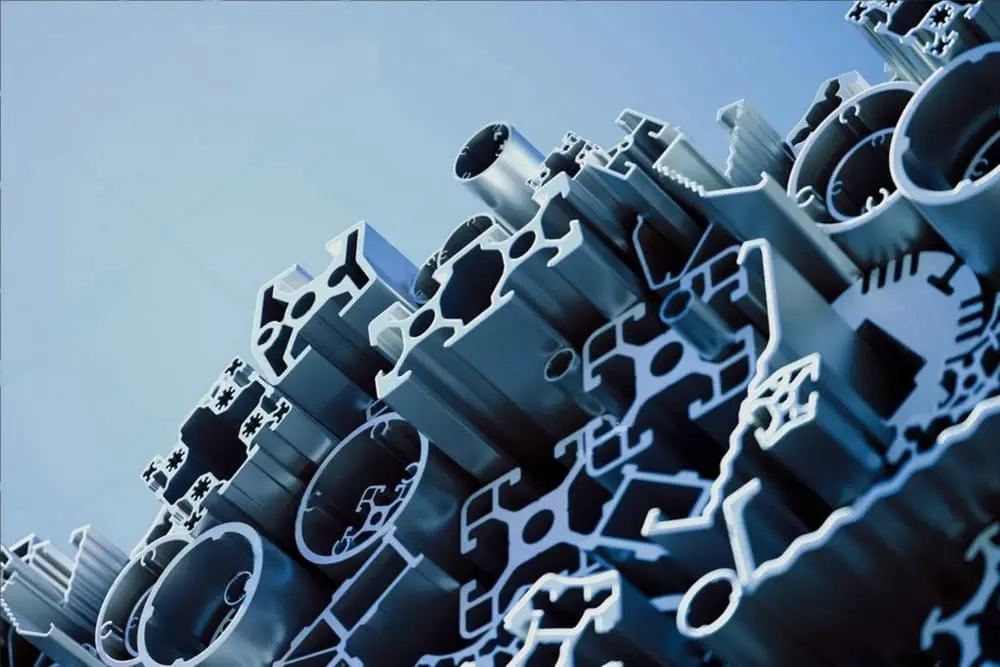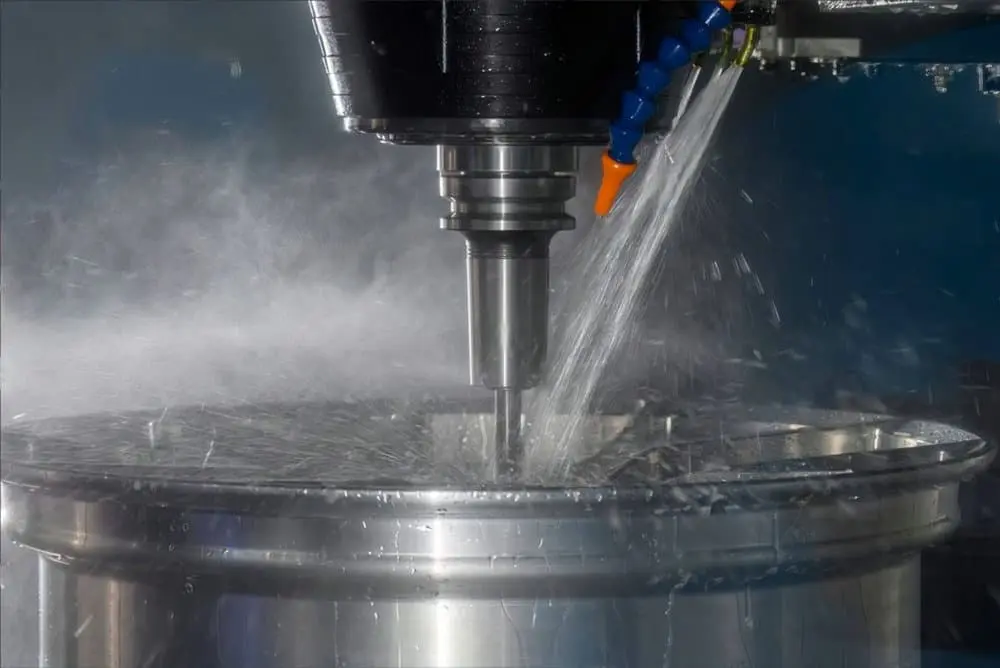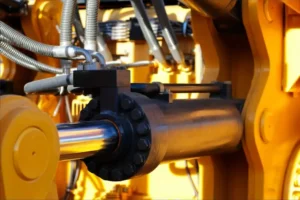Electric Vehicles’ Demand for Lightweight Metals
The lightweight design of electric vehicles (EVs) is key to improving range and energy efficiency. Aluminum and magnesium, with their superior lightweight properties, have become the preferred materials for EV manufacturing.
অ্যালুমিনিয়াম
- Widely used in bodywork, chassis, battery housings, and motor components, its high strength and corrosion resistance ensure the vehicle’s structural safety and durability.
- Aluminum’s recyclability aligns with the automotive industry’s pursuit of sustainable development.
Magnesium
- Lighter than aluminum, it’s extensively used in interior components, seat frames, and transmission housings, effectively reducing the vehicle’s overall weight.
- Magnesium’s vibration damping and heat dissipation properties enhance the comfort and performance of EVs.

How Metal Melting Deeply Supports Automotive Component Production
Metal melting plays a pivotal role in EV component production, extending far beyond simply providing raw materials.
Customized Alloy Development
- In response to the specific material performance requirements of EVs, metal melting enterprises develop customized aluminum-magnesium alloys, optimizing their strength, toughness, and thermal conductivity.
- Precise control of alloy composition and microstructure meets the performance requirements of various components.
Advanced Melting Processes
- Advanced processes such as vacuum induction melting and low-pressure casting reduce impurities and porosity in the melt, improving the density and mechanical properties of castings.
- Promoting semi-solid die casting technology produces thin-walled, complex-shaped lightweight structural components, achieving component lightweight and integration.
Digitalization and Intelligentization
- Applying IoT, big data, and AI technologies enables real-time monitoring and optimization of the melting process, improving production efficiency and product quality.
- Building digital melting workshops realizes traceability and intelligent management of the production process, enhancing enterprise competitiveness.
Green Melting and Recycling
- Promoting energy-saving and environmentally friendly melting technologies, such as plasma melting and solar melting, reduces energy consumption and carbon emissions.
- Establishing a comprehensive recycling system for used aluminum and magnesium realizes resource recycling, reducing production costs and environmental impact.

Future Outlook, Metal Melting Leads Lightweight Innovation in Electric Vehicles
In the future, metal melting will deeply empower the EV industry in several ways:
Ultra-Light Alloy R&D
- With the increasing pursuit of longer ranges for EVs, metal melting enterprises will focus on developing ultra-light, high-strength new aluminum-magnesium alloys, and even explore lighter materials such as lithium alloys and titanium alloys.
- Technologies such as nano-modification and grain refinement will break through the performance bottlenecks of traditional alloys, achieving extreme material lightweighting.
Integrated Die Casting প্রযুক্তি
- Promoting large-scale integrated die casting technology integrates multiple components into a single casting, reducing connectors and assembly processes, and significantly reducing body weight and manufacturing costs.
- Metal melting enterprises need to work closely with automakers to jointly develop high-performance alloys and processes suitable for integrated die casting.
Additive Manufacturing (3D Printing)
- Combining metal melting with additive manufacturing technology enables the customized production of complex structural components, further enhancing design freedom and lightweight potential.
- Developing dedicated alloy powders suitable for additive manufacturing and optimizing printing process parameters improves component performance and reliability.
Sustainable Development
- The metal melting industry will pay more attention to sustainable development, develop melting methods that use green energy, and will pay more attention to the recycling of waste metal, to achieve true green production.
- The goal will be to achieve zero emissions from the production process.
Summary
Metal melting is the cornerstone of lightweight development in EVs. Through continuous technological innovation and industrial collaboration, the metal melting industry will make a greater contribution to the popularization and sustainable development of EVs.







